| PDF FILE - CLICK HERE FOR PRINTABLE WORKSHEET BASED ON INFORMATION BELOW | |
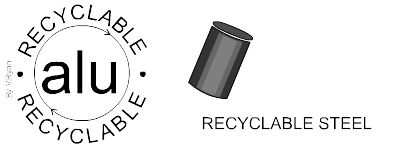 |
GLASS, STEEL, ALUMINIUM
CANS: Most containers of this type are clearly label and can be sorted very easily. Glass - clear glass must not be mixed with coloured glass. Clear glass is most valuable. |
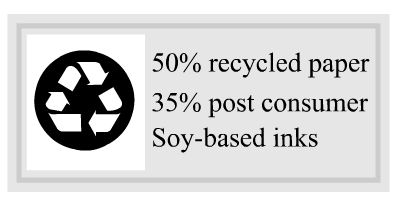 |
PAPER: Most paper can be recycled and newspaper has been recycled for many years. The main problem is collecting newspaper that is dry and well sorted. Newspaper tends to be of a consistent quality making it easier to recycle. There has been a considerable rise in price of newly manufactured newspaper recently and so it makes economic sense to recycle. Paper is normally marked with the percentage of recycled paper included in the final paper product. Post consumer paper has been recycled from paper from offices and homes. The use of biodegradable and water based inks has made the recycling of paper easier as they do not contaminate the paper as did the old chemical inks did. |
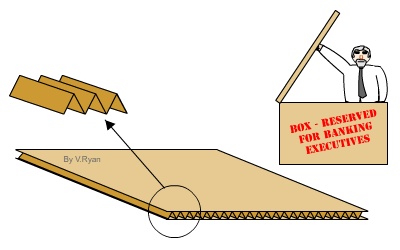 |
CORRUGATED BOARD: This is widely used for products such as pizza boxes and general cardboard boxes. The cardboard must have all the staples removed and not be contaminated by food products or grease. |
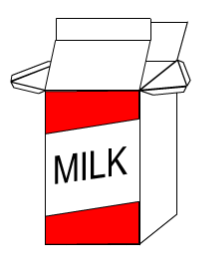 |
NON-RECYCLEABLE PAPER: Any paper that has been contaminated with food cannot be recycled. Waxed card/paper of the type used in fruit juice and milk containers cannot be recycled. Furthermore, plastic laminated card can cause problems during the recycling process and this should not be recycled. |
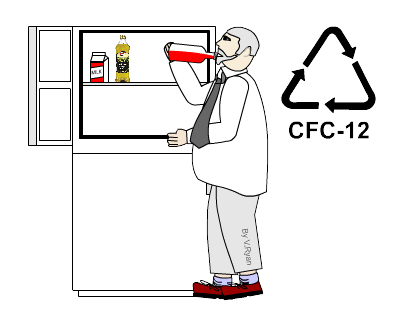 |
FRIDGES/FREEZERS: Older fridges and freezers relied on a gas called Chlorinated Fluorocarbon more commonly known as ‘CFC’. These gases have been blamed for serious damage to the earth’s ozone layer. Consequently they must be removed before recycling of a fridge or freezer can take place. The symbol opposite is found on appliances that contain CFC gases. |
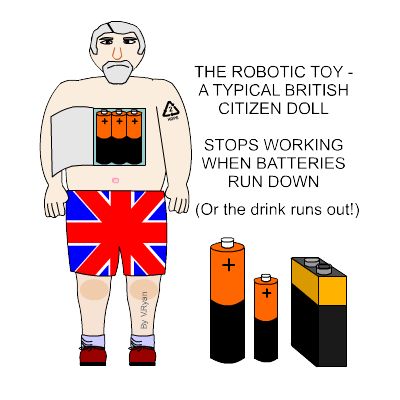 |
BATTERIES Batteries are more difficult to recycle: Single use batteries often referred to as Alkaline Batteries should not be placed in a dust bin and should be collected. However, these usually end up in a separate landfill. Rechargeable batteries often contain toxic materials that are quite stable when the battery are in use. Nickel Cadmium (Ni-Cd), Nickel Metal Hydride (Ni-MH), Lithium Ion (Li-ion), and Small Sealed Lead (Pb) batteries can all be recycled although this is an expensive process and consequently these batteries usually end up in special landfills. |
| CLICK HERE FOR RESISTANT MATERIALS INDEX PAGE | |
| CLICK HERE FOR PRODUCT DESIGN INDEX PAGE | |